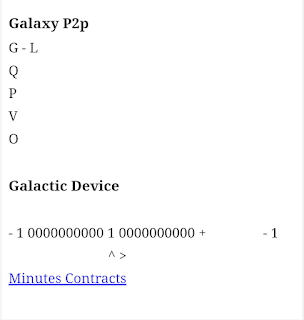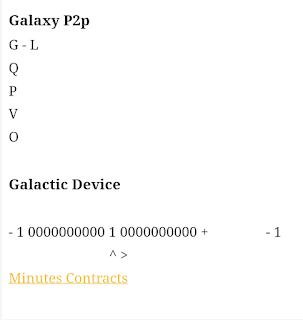Voyager 1 Has Reawakened a Radio That Had Been Silent Since 1981
Last month, NASA temporarily lost contact with Voyager 1 in the vastness of interstellar space. When communication was reestablished, the spacecraft was using a transmitter it hadn't accessed in over 40 years. Now, NASA is working to resolve the issue.
The problem began on October 16, when NASA sent a command to turn on one of Voyager 1’s heaters. A seemingly simple request, but the spacecraft failed to respond, effectively going silent.
Due to Voyager 1’s immense distance—nearly 25 billion kilometers (15.3 billion miles) away—it took NASA nearly two full days to notice the issue. Messages take 23 hours to reach the spacecraft, and another 23 hours for a reply.
By October 18, Voyager 1 missed its scheduled check-in. NASA’s Deep Space Network (DSN) eventually located the signal on a slightly different frequency. It appeared that the heater had triggered the spacecraft’s fault protection system, which is designed to shut down non-essential systems to conserve energy if too much power is drawn. The X-band radio transmitter, Voyager 1’s primary communication tool, was among the affected systems, and its data transmission rate was reduced.
The connection was reestablished, but the next day, communication stopped entirely. NASA suspected the fault protection had been triggered again, causing Voyager 1 to switch from the X-band to the less power-hungry S-band transmitter. Unfortunately, the S-band transmitter is much weaker, and the team feared it could no longer be detected at such a great distance, especially since it hadn’t been used since 1981, when Voyager 1 was much closer to Earth.
However, on October 22, engineers were able to re-establish contact through the S-band transmitter, confirming that it still worked. The team is hesitant to reactivate the X-band transmitter until the issue is fully understood, and troubleshooting continues.
The fact that such diagnostics can be performed from the other side of the solar system, on spacecraft nearing 50 years of age, is remarkable. Still, as the Voyager probes age, they are experiencing more technical challenges. In 2022, Voyager 1 suffered a glitch that caused it to send corrupted data for several months. Between November 2023 and June 2024, it sent back nonsense signals due to a corrupted memory chip.
Maintaining the Voyager probes is crucial as they explore uncharted territory in interstellar space. While Voyager 1 has made groundbreaking discoveries beyond the Sun’s influence, time is running out. Due to dwindling power, it is expected to stop collecting science data by 2025. By 2036, both probes will be out of range of Earth’s Deep Space Network, and we will likely lose contact with them.
It may take tens of thousands of years for the Voyagers to leave the Oort Cloud, a hypothesized icy shell surrounding our solar system. In around 40,000 years, they will pass within two light-years of nearby stars. After that, they will drift silently through space, carrying the remnants of humanity’s achievements for eons to come.








0 Comments